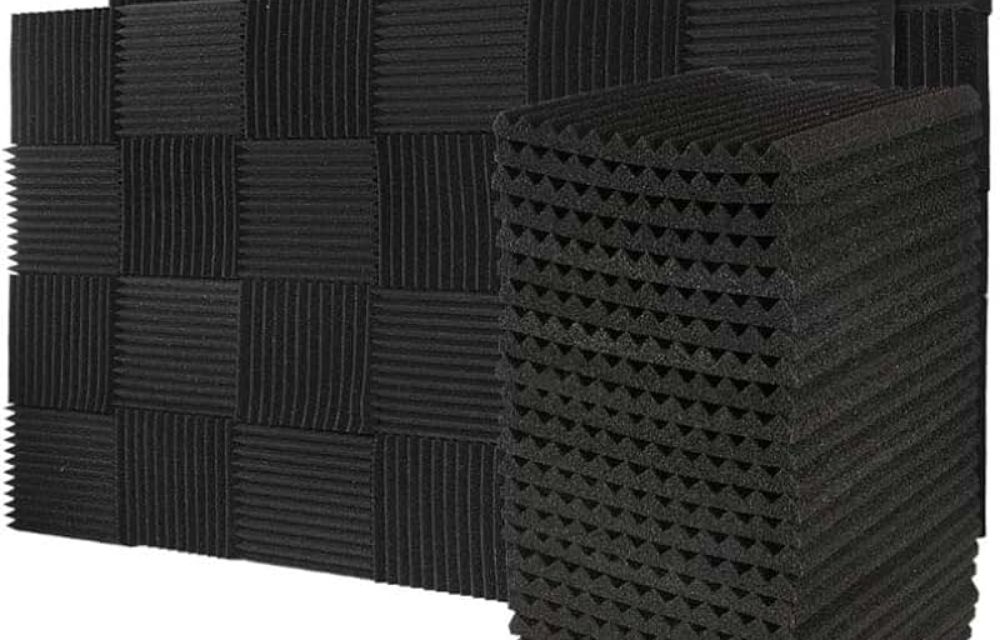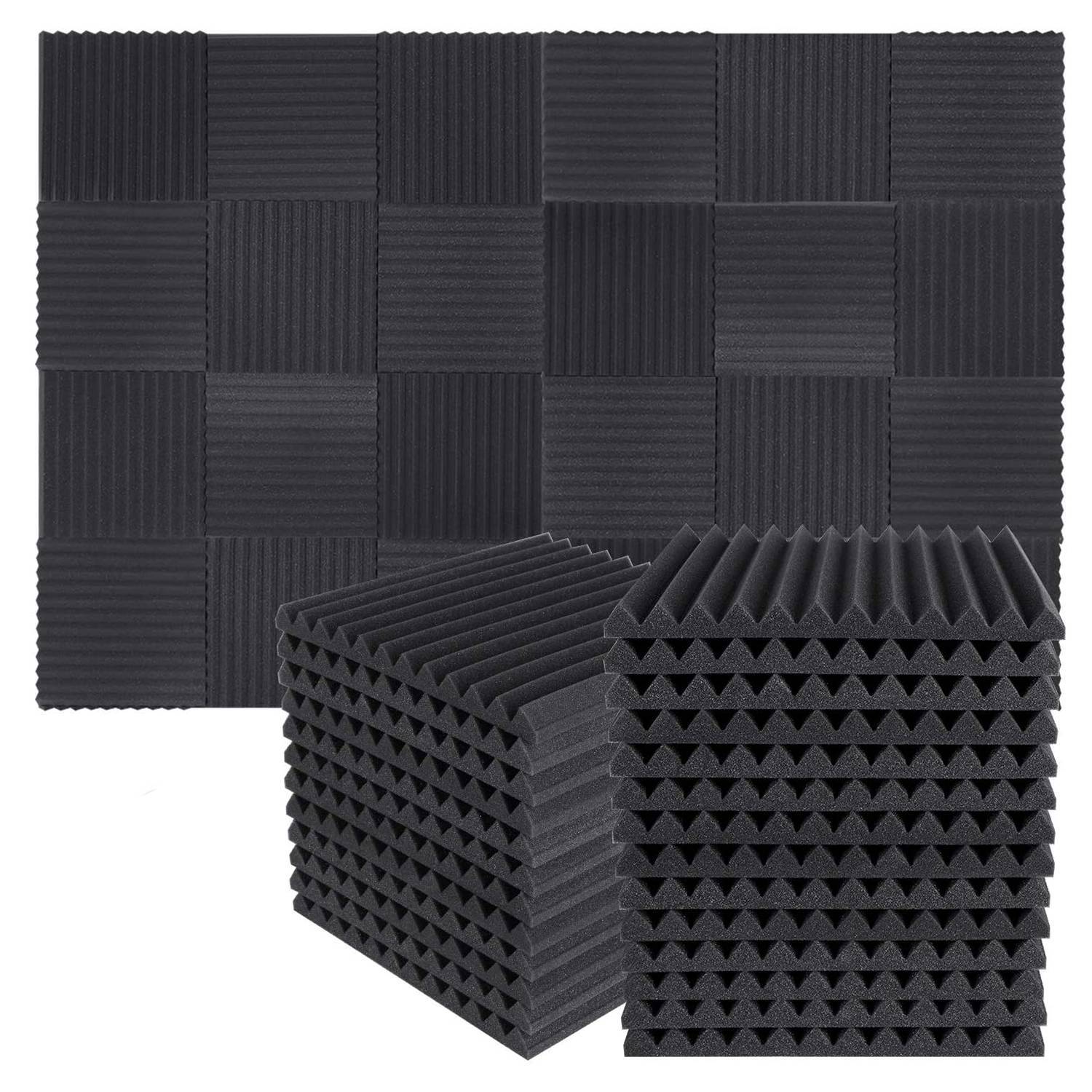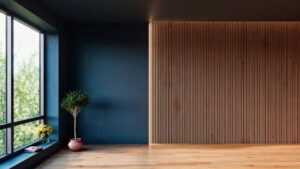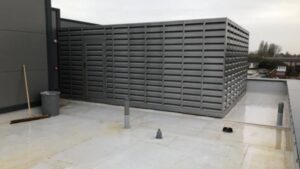
Introduction
Sound absorption is crucial in ensuring an environment is noise-free and comfortable, either in the home, office, or industry. Noise can result in stress, decreased productivity, and even illnesses in the long run. The appropriate material for sound absorption is vital for noise control and reduction. The sound absorption efficiency of a material is a function of density, thickness, and surface topology. But which materials are most effective at absorbing sound? Let’s look at the most efficient ones and why they work.

How Sound Absorption Works
Sound absorption happens when sound waves strike a surface and are dissipated as heat energy, minimizing the reflection and transmission of sound. Porous and fibrous materials are more likely to absorb sound because they permit sound waves to penetrate and dissipate within the material. The Noise Reduction Coefficient (NRC) quantifies the ability of a material to absorb sound; the more significant the NRC, the greater the sound absorption.
Best Materials for Sound Absorption
1. Acoustic Foam
Acoustic foam is among the most popular materials for sound absorption. It is constructed from polyurethane or melamine and has an open-cell structure that captures sound waves. Acoustic foam is light, simple to install, and comes in various shapes and sizes, such as wedges, pyramids, and panels. It effectively absorbs mid to high-frequency sounds and is well-suited for recording studios, offices, and home theaters.
2. Fiberglass
Fiberglass is a sound-absorbing, fibrous material with high density and efficiency in absorbing sound at various frequencies. Fiberglass is usually used in industrial sound-absorbing panels because it attenuates sound in vast spaces. Fiberglass panels are fire- and moisture-resistant so that they can be applied indoors and outdoors. Due to their high NRC values, fiberglass panels are used in commercial structures, factories, and public areas.
3. Mineral Wool
Mineral wool or rock wool is a product developed from natural stone fibers. It is very dense and absorbs excellent sound, particularly in low frequencies. Mineral wool is usually applied to wall and ceiling insulation, industrial sound-absorbing panels, etc. Mineral wool is resistant to fire and moisture and offers good thermal insulation and sound control.
4. Cotton Batts
These are constructed using recycled cotton fibers and are an environmentally friendly, sound-absorbing material. They possess a high NRC rating and can absorb both high- and low-frequency sound. Cotton batts are applicable in domestic and commercial buildings because of their environmental advantages and simple installation.
5. Polyester Panels
Polyester panels are light, robust, and simple to install. They possess a porous structure that enables them to absorb sound efficiently. Polyester panels are commonly applied in offices, classrooms, and public areas where appearance and performance are critical.
6. Wood Wool
Wood wool panels consist of wood fibers bonded with cement. They offer a unique blend of sound absorption and durability. Wood wool panels are fire-resistant and moisture resistant; thus, they can be used in gyms, auditoriums, and industrial environments.
Selecting the Right Material for Your Purposes
When choosing a sound-absorbing material, consider the nature of the noise you wish to control, the setting, and the NRC rating of the material. For high-traffic spaces and industrial environments, industrial sound-absorbing panels with fiberglass, mineral wool, or wood wool are best because they are long-lasting and have high sound absorption capacity. For domestic or office purposes, acoustic foam, cotton batts, and polyester panels provide efficient noise control with a decorative touch.

Conclusion
The most suitable material for sound absorption varies depending on the environment and the nature of the noise that needs to be controlled. Acoustic foam, fiberglass, mineral wool, cotton batts, polyester panels, and wood wool each have distinct benefits for various uses. Industrial sound absorbing panels constructed from fiberglass and mineral wool are very effective in industrial environments because they are long-lasting and have excellent sound absorption capabilities. By selecting the proper material, you can achieve a more pleasant and quieter atmosphere, boosting productivity and general health.



